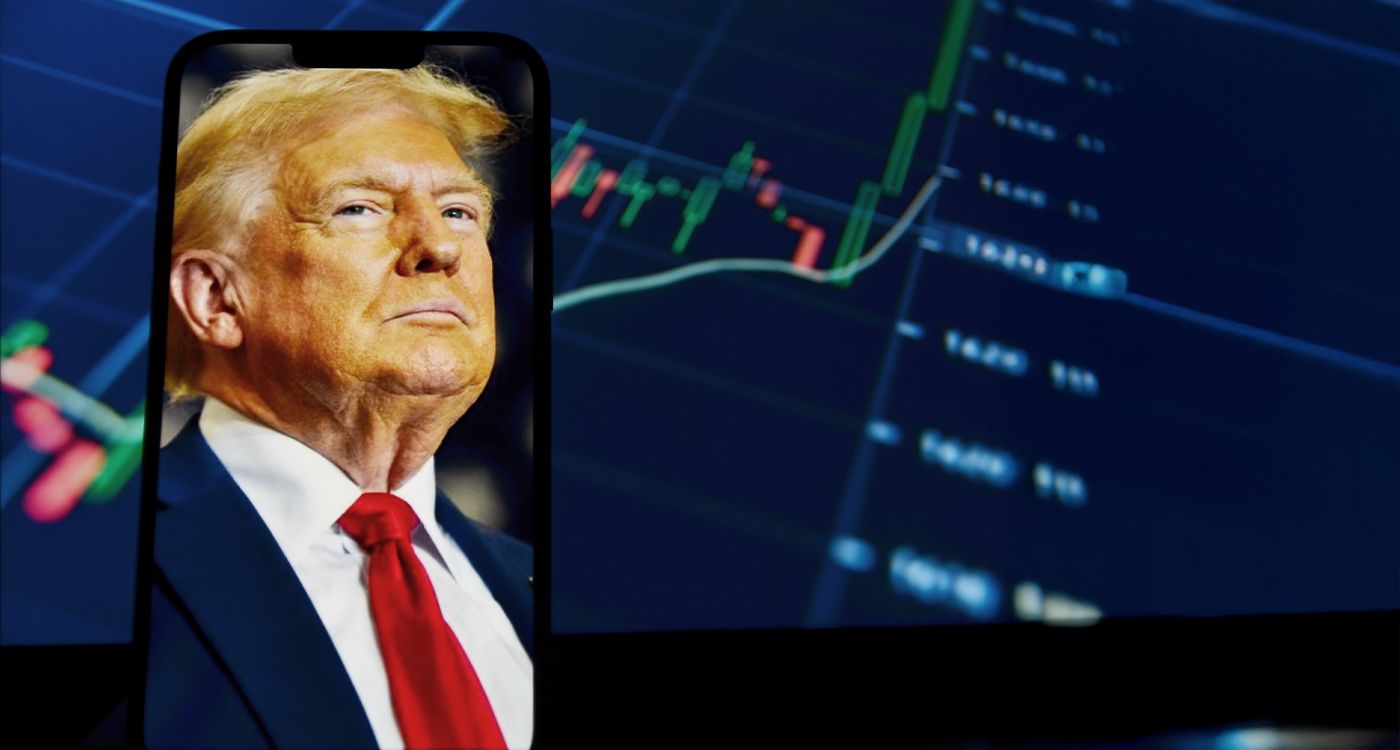
After 15 hours of market instability, US President Donald Trump put the brakes on his tariff measures. But China remains firmly in the crosshairs of the US president, now facing increased tariffs. Why such a rapid backpedal? Here’s a breakdown of this "pause on tariffs that lasted barely the blink of an eye."
On Wednesday morning, global financial markets were in panic mode. US President Donald Trump had imposed reciprocal tariffs, affecting a multitude of countries and threatening to plunge the world economy into a whirlwind of uncertainty. Stock markets were plummeting, Europe was trembling and even Wall Street seemed dizzy.
But just as the world was digesting the news, 15 hours later, Trump announced a suspension of these tariffs for 90 days. The idea? To offer a “pause” in global trade tensions, while continuing to hit China hard with tariffs now increased to 125%. Yes, China remains the main target. But at least the president’s decision helped calm the markets — for the moment, at least.
When Wall Street Gets Angry, Trump Reacts... and the Indices Soar
This lightning-fast change of heart was likely driven by a key factor: the markets. Trump even admitted it on his social network, Truth Social, noting that he had been watching the bond market and saw that investors were starting to panic. It's worth noting that the bond market is essentially where governments borrow money, mainly by issuing Treasury bonds.
US Treasury bonds, typically considered safe investments, saw their yields spike — a worrying signal suggesting the United States could lose its "safe haven" status for investors. In other words, if US Treasury bonds are no longer seen as a secure investment, the US could face much higher borrowing costs. And given the size of the federal debt ($36 trillion), the repercussions could have been far greater than anticipated.
But beyond the dramatic twists and turns, there’s actually a logic to Trump’s decision. He clearly understood that a jittery bond market could destabilize the entire US economy. If investors lose confidence in America's solvency, it could lead to higher interest rates — a catastrophe for an economy already weakened by massive debt. Over the long term, it could slow US economic growth significantly. In fact, beyond just the impact on debt, it would also hurt key sectors like real estate.
Thus, in an effort to preserve the country’s financial stability, Trump decided to show some “flexibility.” Or rather, he demonstrated that he’s capable of reversing course when the situation demands it. After all, what’s the point of fighting a global trade war if the domestic economy is spiraling out of control?
China Pays the Price
Despite the pause on reciprocal tariffs, Trump didn’t let China off the hook. Chinese products are now subject to a 125% tariff, in a final show of strength meant to escalate the already tense trade war between the world’s two largest economic powers. "Due to China’s lack of respect for global markets (...), I am raising tariffs on Beijing to 125%," Trump wrote on Truth Social.
China, for its part, wasted no time responding, slapping an 84% surcharge on imports from the United States. So, the trade war is far from over. But Trump seems more concerned with the immediate effect: thanks to his announcement, the New York Stock Exchange bounced back, with US stock indices surging — the S&P 500 (the index of the 500 largest US companies) rose by 9.5%, and the Nasdaq by 12%. As for oil, which had been slumping over recession fears, its price began climbing again. In short, everyone breathed a sigh of relief.
Of course, the trade war isn’t over — far from it — but this swift U-turn shows at least one thing: even when he plays tough, Donald Trump keeps a close eye on market signals. And in a world where Wall Street calls the shots, it’s best to know how to stay flexible... while keeping that signature red tie firmly in place.
As for China? That’s another story. The American president remains unyielding. Flexibility, yes — but not with Beijing.





Comments